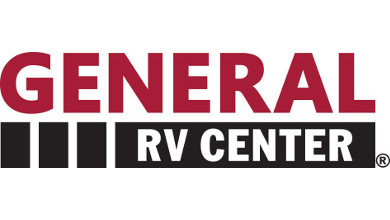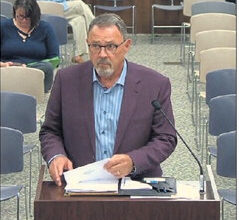Blog: 3 Dealership Follow-Up Strategies to Increase Sales
As we already know in the RV industry, the purchase cycle can be longer than other outdoor recreational products. 198 days long to be exact. Although this might seem like a negative point at first, it is a perfect opportunity to create loyal and more engaged customers that will last a lifetime.
An RV is an exciting and emotional purchase. One that most people dream about and save for years. We want to ensure every aspect of their buying experience from Day 1, all the way though Day 198, is exceptional. This gives RV dealers a huge window to entice consumers into knowing why your dealership is the best, and why their friends and family should also buy an RV from you.
The dealer-consumer relationship generally starts out as an online lead. A simple point of contact, initiated by the consumer, which tells the dealer they are interested in receiving relevant information about specific products on your website. This is your first opportunity to really set your dealership apart, gain the consumer’s trust, respect, and start building a relationship.
Unfortunately, according to the 2019 Lapsed Buyer Study, only 57.5% of dealers followed up after initial contact by the consumer. This means a whopping 42.5% of dealers are not following up when they receive a new online lead.
About 48.5% of in-market consumers are requesting information from dealers, and if dealers are not responding, this is about half of their potential sales they are missing out on.
The study points out a larger detriment in the dealer-consumer relationship: Dealers are less likely to follow-up with leads more than once. In fact, 45.1% of dealers followed up once, whereas only 24.3% followed up twice.
Considering the longer purchase cycle for an RV, this is where we have the best opportunity to stand out. Understanding the consumer’s needs, preferences, and purchasing timeline will help add confidence to the consumer’s buying journey.
Here are three key takeaways to help ensure potential customers have the information they need:
1. Engage with consumers on their terms
Ninety-four percent of consumers begin shopping online and have a particular brand in mind. Expectations are very high and their online shopping behaviors tend to move across multiple devices. This means consumers expect dealers to engage on their terms and they don’t want to be sold. Most consumers prefer to be part of the buying decision based on their lifestyle and personal preferences, so it’s important to understand each prospect’s unique needs and define a follow-up cadence that meets their expectations.
2. Automate elements of the follow-up process
Even if your dealership is superb at prospect follow-ups, a good marketing automation solution can help you track the online shopping behavior that your sales team may be missing.
Once this behavior is captured, marketing automation will score the prospect’s digital engagement, alert your sales team, and automate a series of relevant communications over a defined timeframe. Armed with this data, you can begin to see a complete picture of the prospect’s interests, which can be used to your advantage in the sales process.
3. Don’t stick to one communication channel
It’s important to understand the behaviors of consumers in your pipeline and be able to determine the best way to communicate with them. Don’t shy away from using multiple communication channels, such as email, text, phone or mail, to reach your customers.
No matter what combination of follow-up tactics you choose, make sure the outreach is personalized and contains meaningful information to help your potential customers make an informed buying decision. This will help streamline the sales process and shorten the purchase cycle, resulting in higher satisfaction and customer loyalty.




